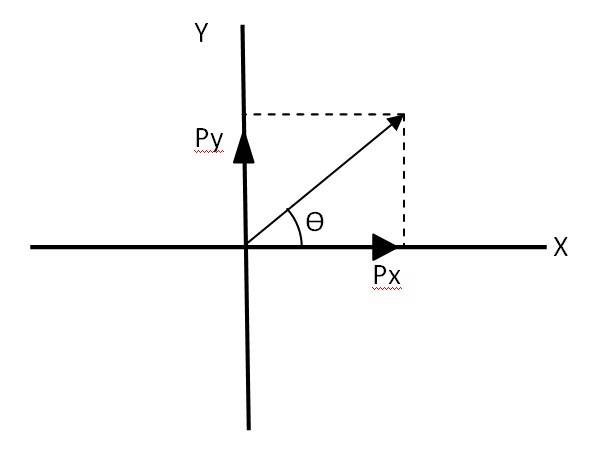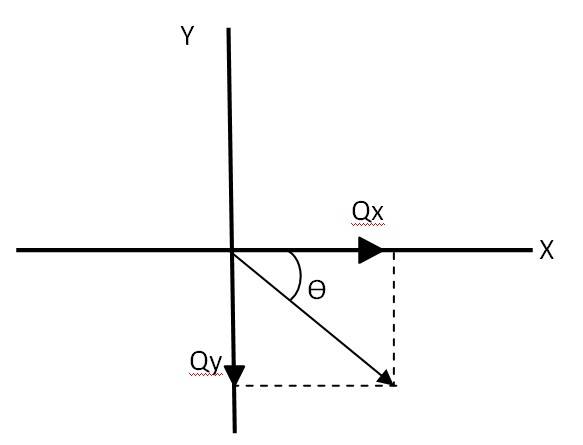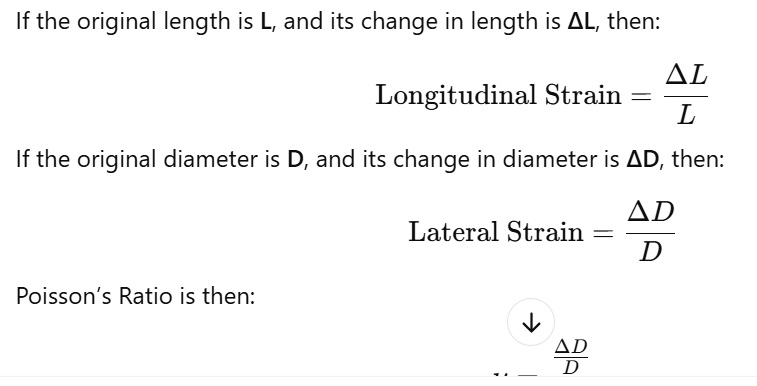What is Poissons Ratio according to Chapter 8 Mechanical Properties of Solids? Derive its formula.
-
1 Answer
-
Poisson's Ratio (? ) is used when a material is subjected to axial stress. It is the ratio of lateral strain to longitudinal strain. Mathematically, it is:
Derivation of the Poisson Ratio includes when a material is stretched, its width decreases (called lateral strain) and its length increases which is called longitudinal strain.
Poisson's Ratio (? ) is a dimensionless quantity and it is normally between a range of 0 to 0.5 for most materials. It is used in engineering applications including for bridge and building design. It is used in analyzing the structural deformations. Materials like rubber which has a high Poisson's ratio when s
...more
Similar Questions for you
Yes, there are many numerical problems in class 11 Physics. All important formulas must be on figure tips.
Class 11 Physics Chapter 11 is Thermodynamics. It is one of the most important topic in Physics.
There are three main processes Isothermal, adiabatic and cyclic process. In isothermal, the system is thermally conductive and the temperature remains constant. In adiabatic process, the system is thermally isolated and there is no change in heat temperature. The system returns to its initial stage in the cyclic process.
4.22

Let us consider a vector . The equation can be written as
Px = Py = 1 = = = …….(i)
So the magnitude of vector + =
Let be the angle made by vector , with the x axis as given in the above figure
= = , = 45 with the x axis

Let = -
– = ( –
= = 1
= =
Hence = . Therefore the magnitude of ( + =
Let
Taking an Exam? Selecting a College?
Get authentic answers from experts, students and alumni that you won't find anywhere else
Sign Up on ShikshaOn Shiksha, get access to
- 66k Colleges
- 1.2k Exams
- 680k Reviews
- 1800k Answers



